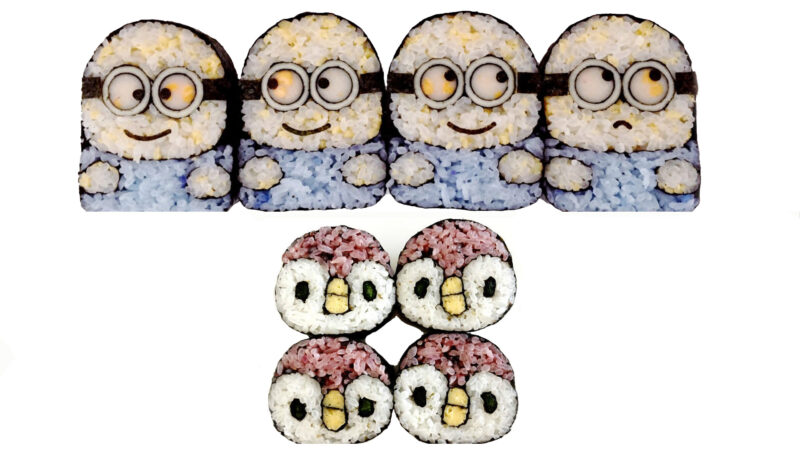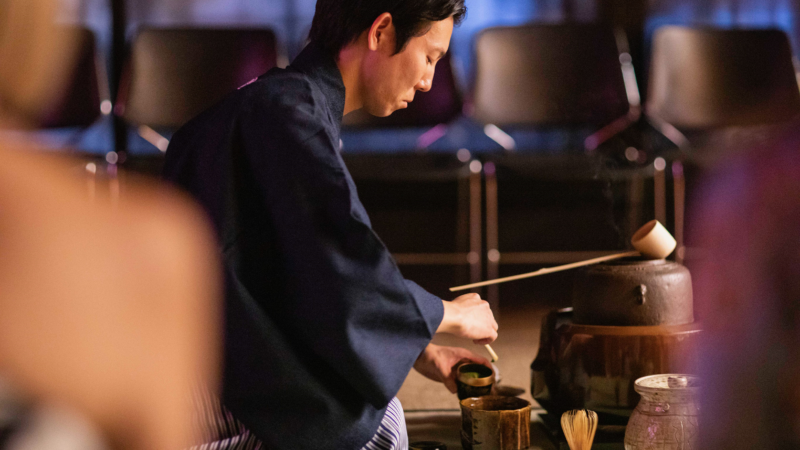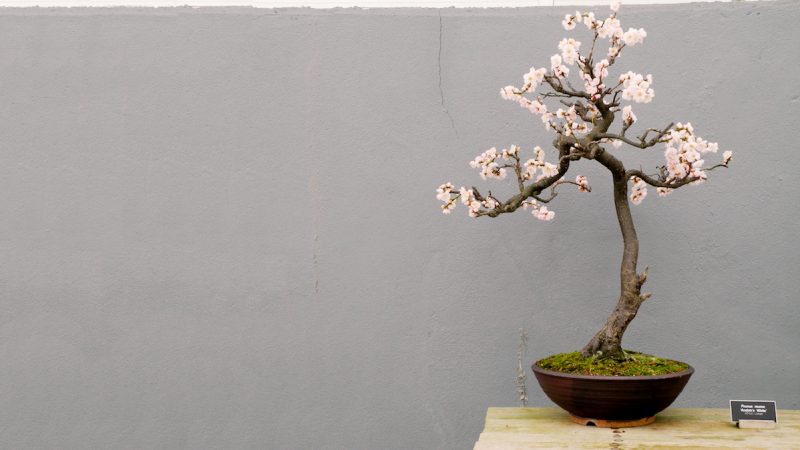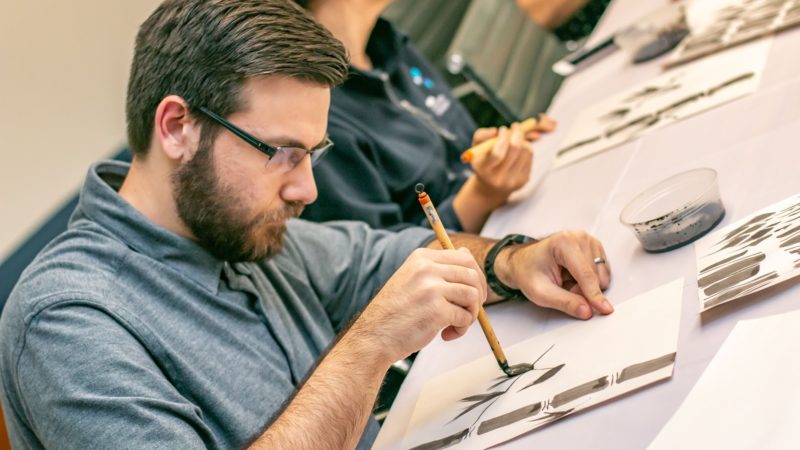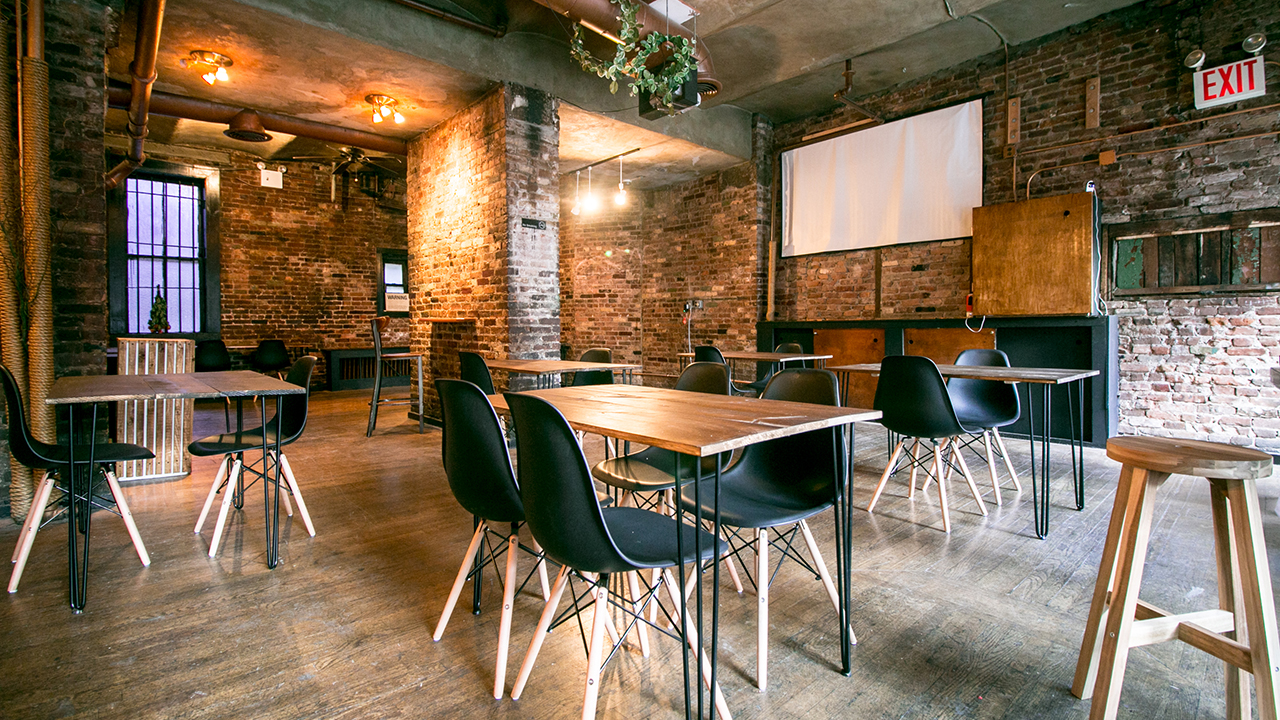Deborah Klens-Bigman, Ph.D. ◆ August 12, 2015
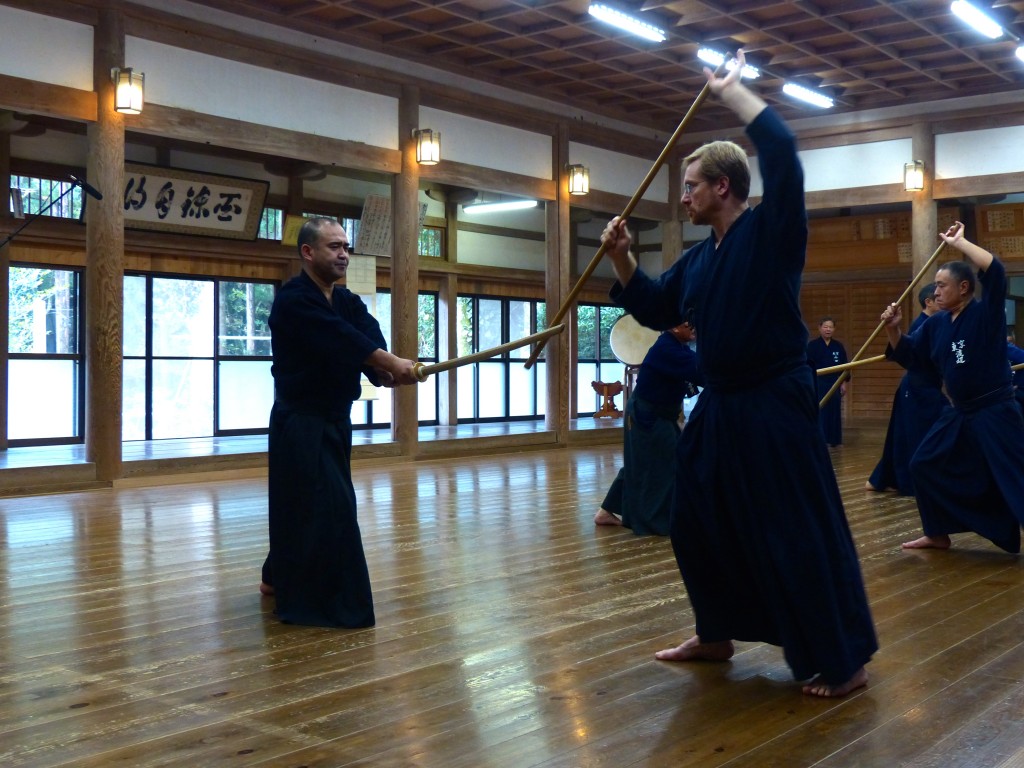
Several people have asked me to comment on a recent kerfuffle at Boston’s Museum of Fine Arts. The museum mounted a viewing of Claude Monet’s La Japonais, which depicts the artist’s wife wearing a red uchikake kimono and a blonde wig. (Monet was apparently commenting, perhaps ironically, on the interest in all things Japanese that was sweeping Europe at the time.) Protests erupted in Boston when the museum included a replica of the kimono and encouraged visitors to try it on and snap photos of themselves in front of the painting. The protestors, who were Asian and Asian-American, claimed that the painting, and the “Kimono Wednesdays” participative feature, were racist, sexist and orientalist. As a result of the protest, the museum discontinued allowing museum-goers to try on the kimono, though the curators hung it near the painting. This did not placate the protestors, who did not receive either the apology or the discussion forum they were seeking from the museum. However, the situation was diffused enough to allow the exhibit to finish its run at the end of July.
Not surprisingly, those of us who practice art forms that are indigenous to other cultures followed this episode with more than normal attention. We are all acutely aware that there is a fine line between appreciating and studying an aspect of a foreign culture, and simply exploiting it. But where is this line, and when could it be considered to be crossed?
Starting with the museum episode, I spent a little time reading about the incident, as well as the protestors’ Tumblr post on their reasoning. I agreed with a lot of their points. The museum was ham-handed in its approach to the exhibit, showing the painting out of context. The kimono idea originated in a similar exhibit in Japan, meant to show Japanese influence on European art. That exhibit was well-received, but it did not translate across the Pacific, since the cultural context of the exhibit in Japan was stripped away for the American showing. If I am to give credit to the MFA curators for understanding the historical and cultural context of the painting, I am at a loss for why they were so clueless in their presentation in Boston.
On the other hand, the protestors sought to relate the exhibit in some way to the severe racial problems that still exist in the U.S., and in particular to those in Ferguson, MO. In spite of the historical animosity towards Asians in the U.S., the current situation does not relate to the institutional violence still being perpetuated against African Americans. The false equivalency undermined what I considered to be an otherwise thoughtful and coherent discussion of the issues surrounding the MFA exhibit.
Those of us who study traditional Japanese art forms, but who are not ourselves Japanese, are very sensitive to issues of authenticity and representation. Given many Americans’ general ignorance of anything outside of their immediate cultural experience, I spend a great deal of time correcting misconceptions about what we do in our budo practice and why, as do many of my colleagues. My teacher, a Japanese immigrant who came to the U.S. after World War II, felt that the traditional values that informed his training in swordsmanship should be passed on to his students, so he did his best to impart them to us. I do the same with my students, both to honor his memory and because I think the context is not separable from the techniques themselves.
However, leaving aside the lack of understanding of the general public, I know martial artists of varying stripes whose knowledge of the relationship of their practices to their cultures of origin runs the full gamut. Some have a very good understanding of the cultural and historical context of what they do and give their students a coherent understanding, based on their experience and research. At the other extreme, ignorance abhors a vacuum. I have met teachers who make up “context” from whole cloth, or nearly so. I have even met some who have stripped the cultural context of a budo form altogether, substituting an American (or sometimes, Christian) cultural context in its place. One can easily mount an argument that this complete cultural appropriation of an art form no longer bears any connection to its origin; and I don’t think these particular practitioners would mind hearing that one bit. In the case of the “Christian martial arts” movement, changing the context from a non-Christian one to a Christian one is considered an improvement. In a similar vein, teachers who create fantasy backgrounds for their art forms seem happy to “own” their own styles and the narrative that undergirds them.
On the opposite side, I have a colleague who insists that the only way one can truly study an indigenous Japanese art form is in Japan, and if a student does not have the financial wherewithal to devote years studying abroad then he cannot expect to have a true understanding of a given art form. I don’t entirely agree, though I see his point (I also notice this colleague actually teaches his art form in New Jersey, and still calls it by its proper Japanese name, which makes me wonder if his position on this issue is simply a marketing move).
A knowledgeable teacher can actually pass on her art and include the cultural context, and the students will consider learning the context to be part of their training. One way of assessing whether this approach works is to take students to Japan. Do they fit in at a traditional dojo, or do they insist on doing everything “their” way, or are they simply confused? If the teacher has imparted a good cultural sense, they will simply follow along at the honbu, and no further explanation will be necessary.
